Blends and Digraphs: What’s the Difference?
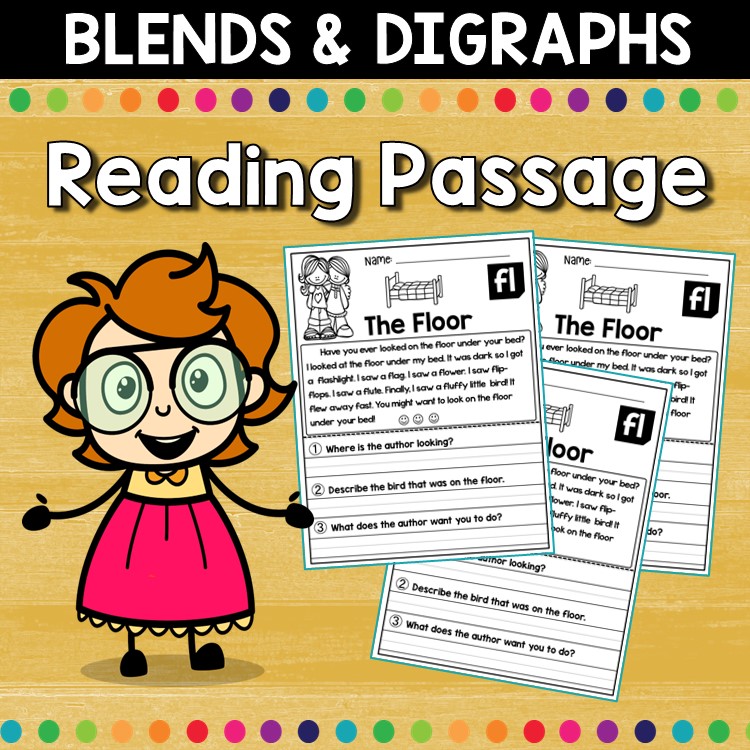
Blends and Digraphs: What’s the Difference?
Have you ever come across the phrases mix or digraph? What exactly is the distinction between blends and digraphs? I’m pleased you inquired!
All of our free blends and digraphs printables can be found here.
With free posters, learn the difference between blends and digraphs – This Reading Mama
There are several phonetic words that might be perplexing. There are no exceptions when it comes to blend and digraph. Let’s take a short look at the differences.
You may also get the free multi-sensory posters at the bottom of this page.

“A blend is two letters mixed together, and you hear BOTH/TWO sounds,” I like to remind them.
What exactly is a digraph?
A digraph is made up of two consonants that combine to form ONE sound. Consider the sh in the word sheep, for example. Sh creates a single sound, which you may hear as /sh/.
Digraphs like ch, sh, th, and wh are prevalent.
Wr, kn, gn, gh, and ph are some of the less frequent digraphs.

Words with Consonant Blends
I prepared a consonant blends words list that you can download for free from my freebies library because I know it helps with planning.
Digraphs with Consonants
Consonant blends are not the same as consonant digraphs. When two consonants signify ONE new sound, it’s called a consonant digraph. The words chin and want, for example, have consonant digraphs that sound the same. (Note that vowel digraphs, sometimes known as vowel teams, work on the same principle: two letters represent one sound.)
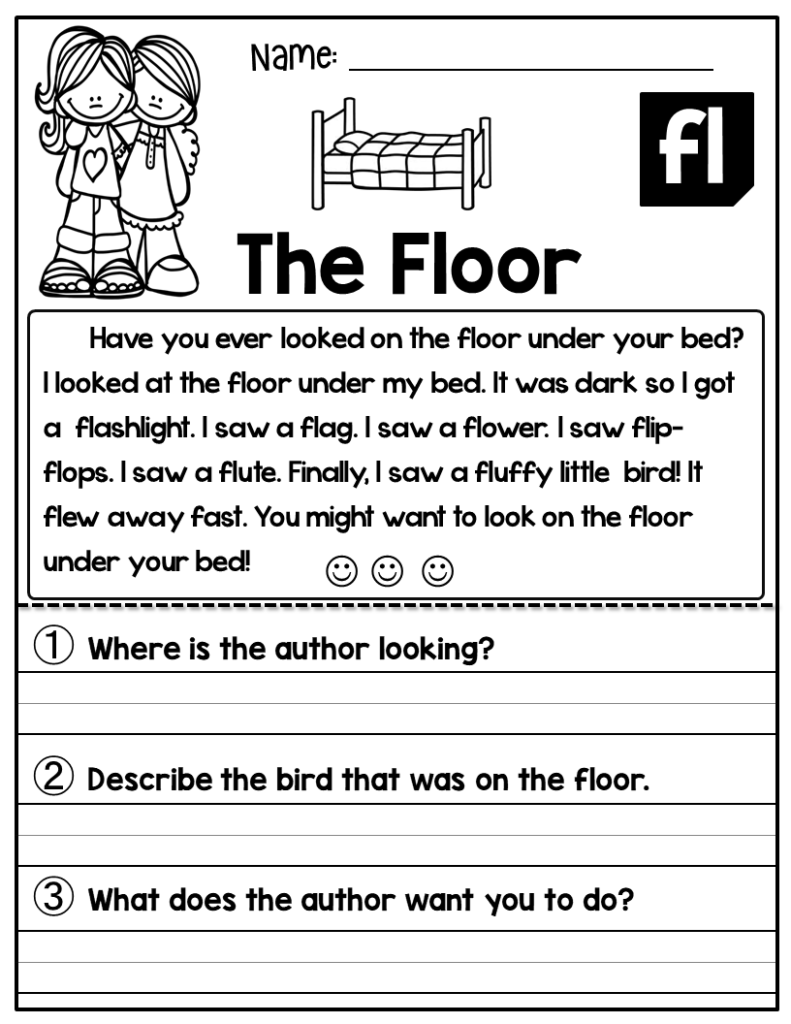
“A digraph is two letters joined together, and you hear ONE sound,” I teach students.
DISCUSSIONS OVER CERTAIN BLENDS & DIGRAPHS
Certain letter pairings are defined differently in different reading curricula.
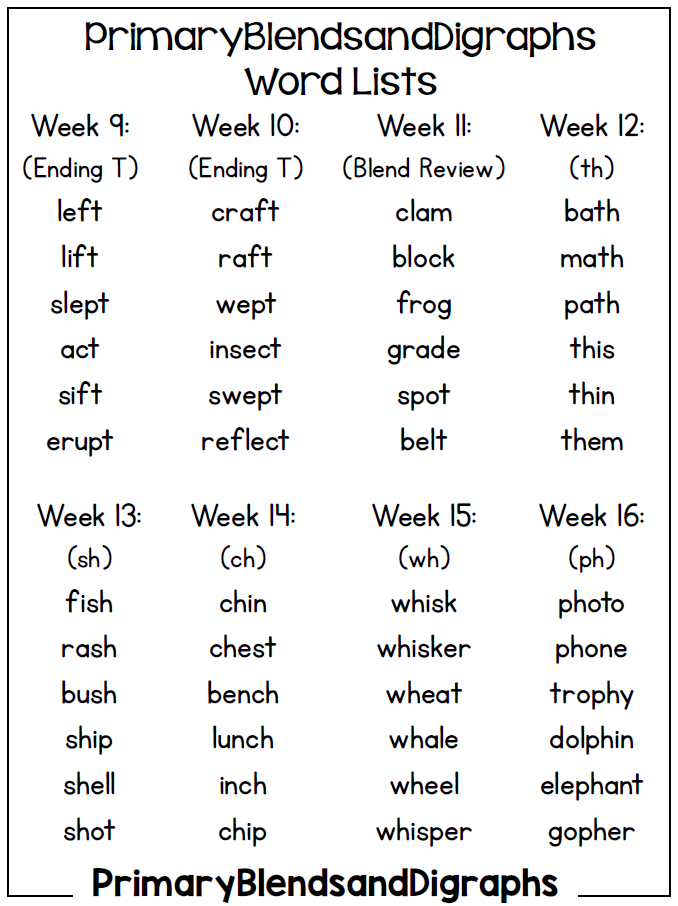
Some individuals believe qu is a digraph, while others believe it is a mix. Final ng and nk are two more sounds that have been a source of contention. Rather than teaching -ng or -nk as standalone sounds, I prefer to teach them as welded sounds or bonded sound pieces with a vowel preceding them.
To be honest, don’t get too worked up about what you term these perplexing letter combinations. It’s more essential to educate students how to utilize blends and digraphs in their reading and spelling than whether they’re called blends or digraphs.
Continue scrolling to get your hands on the free resources we provide here on our website!

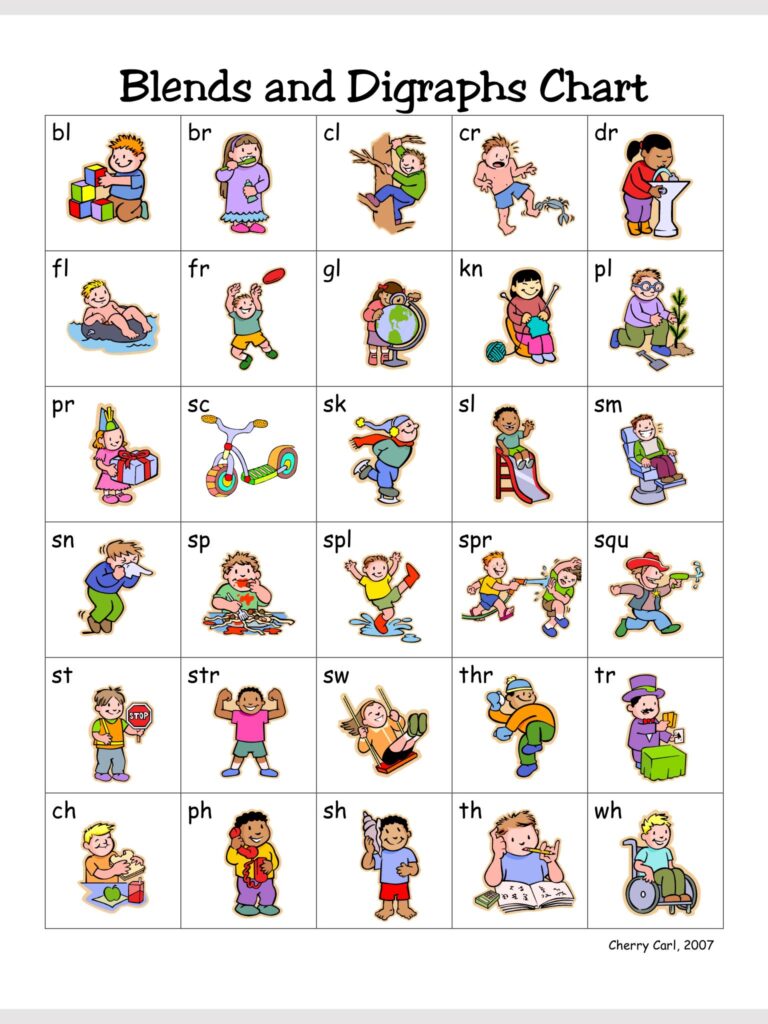
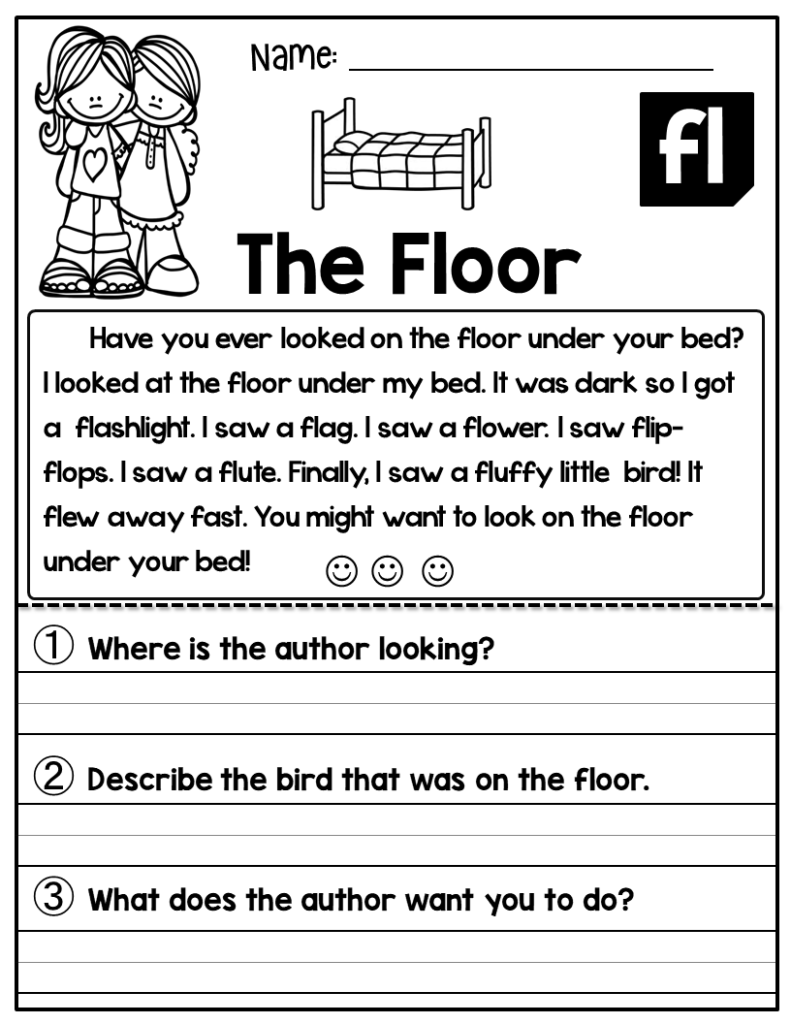
Games for Learning Phonics
When it comes to improving phonics skills, games are constantly on the menu. Teachers Pay Teachers has a plethora of free and low-cost activities that focus on consonant digraphs and blends. If you’re adept at that sort of thing, you can always make your own.
Two of the games from my H Brothers Digraphs and L Blends Activities are shown here. For each ability, both sets provide a range of tasks.

Dictation
It’s no surprise that I use dictation in my classes, so you’ll see it here again. Do a brief dictation at the conclusion of your class after working on your target phonics ability. I like to perform them at the conclusion of every tutoring session, but you may do them with the full class or at the end of a small group activity every 2-3 days in the classroom.
A dictation activity utilizing my dictation sheets, which you can obtain for free from my freebies collection, is shown below. Simply select a few target sounds, phrases, and sentences to dictate to pupils once (something you expressly taught, nothing new!). This only takes a few minutes and provides you with immediate feedback on who requires more assistance.

When should digraphs and blends be taught?
The timing of each sort of lesson is determined by your curriculum. Students encounter numerous words with these graphemes in their early years, therefore frequent consonant digraphs like sh and ch are usually taught initially. Because they represent the same sound, trigraphs are sometimes taught alongside or soon after digraphs. Following that, you’ll learn about l-blends, r-blends, and s-blends. Blends of three letters are generally taught last.
However, unless your pupils are having difficulty with consonant blends, you don’t need to spend any time on them.
What about the letters qu, ng, and nk?
These digraphs and blends are a hot topic of discussion. Is it a mix or a digraph? Since digraphs only represent ONE sound, I’d argue ng is the sole digraph. I would consider Qu and nk to be mixed because they obviously reflect two sounds. But, honestly, it doesn’t matter what they’re called!
Because Q is typically followed by U, Qu is always taught jointly. This phonogram, however, indicates the sound/kw/. It’s up to you whether to teach this with digraphs or blends, but I’d teach it as a one-unit mixture.
Nk is a similar character. When you pronounce this mix out loud, you can hear the /ng/ and /k/ sounds. Along with /ing/, /ang/, /ong/, /ung/, and the permutations of vowel+nk, I teach this as a welded sound. Some programs also teach welding sounds like /ild/, /old/, /all/, /am/, and /an/. I believe you should just teach it according to your curriculum. It makes no difference what they’re named; what matters is that kids comprehend they’re made up of several sounds and can read and spell them.
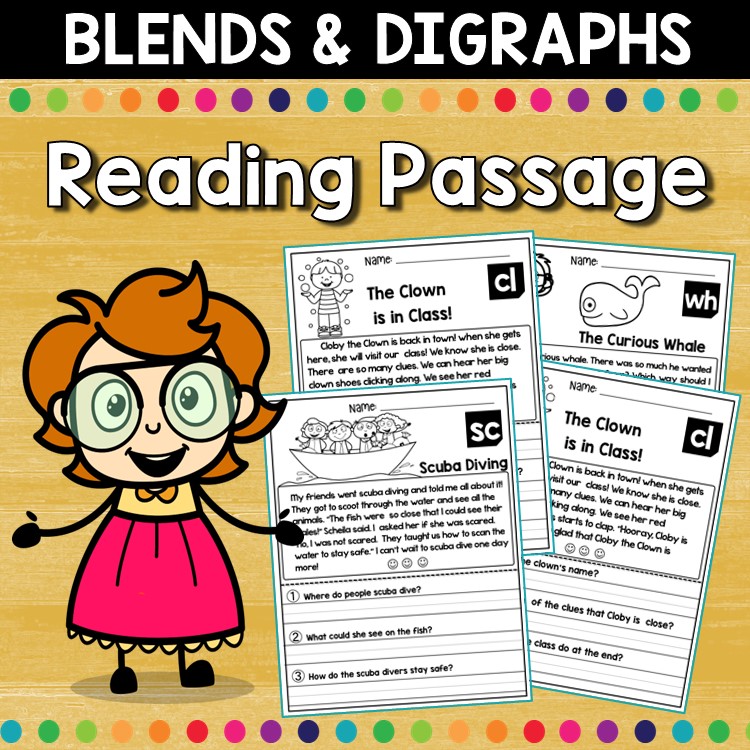
Conclusion
When preparing to teach blends and digraphs, the most essential items to consider are explicit and systematic training in consonant digraphs, as well as plenty of practice mapping and mixing consonant blends. The exercises listed above will assist you in teaching your kids to read and write blends and digraphs efficiently.







